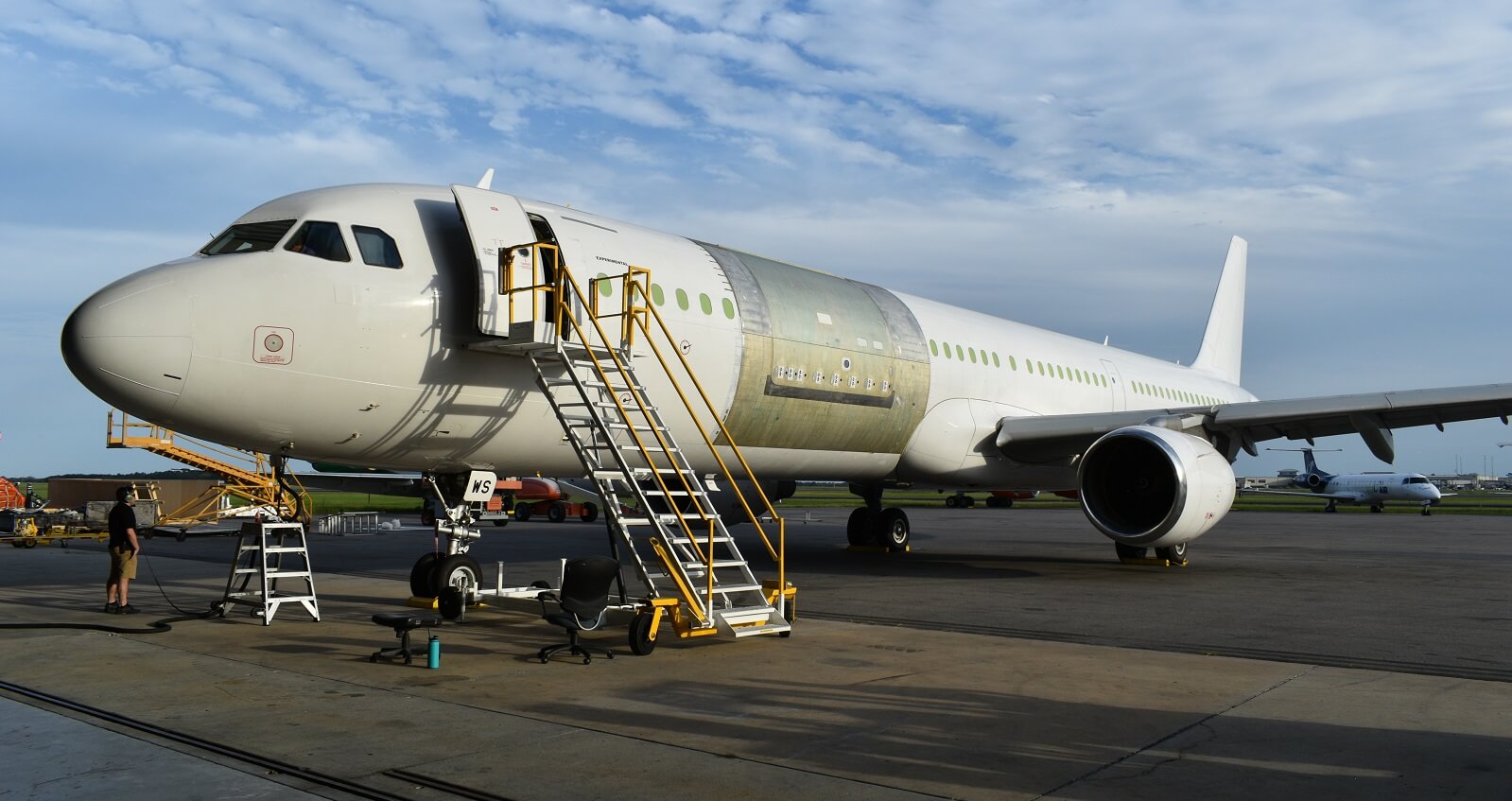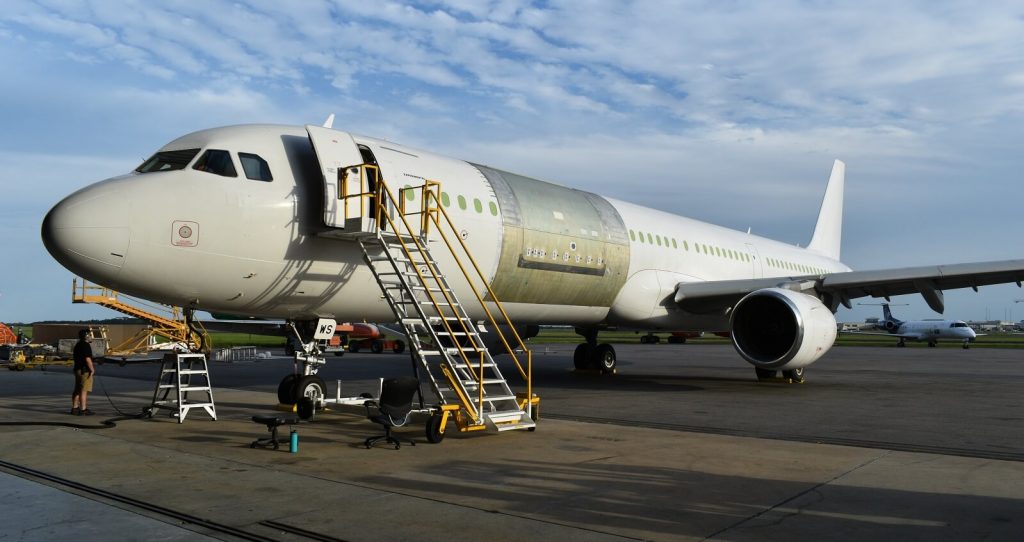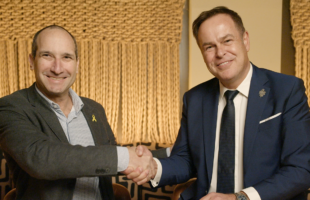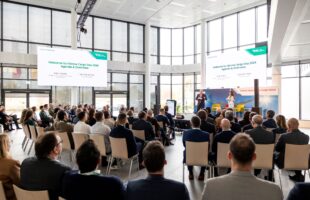

Amidst a surge in e-commerce shipments and lack of belly capacity, cargo operators, lessors, and investors are now looking at converting narrowbody freighters as a more long-term strategic investment. But with only a handful of players capable and authorised to make such modifications, one of the issues is where do we find the capacity to convert these orders? In an interview, Payload Asia talks to Zach Young, director of sales and marketing of Precision Aircraft as he gives us a rundown of the conversion market, the company’s near-term plans, as well as its newly certified programme for the A321-200PCF.
Can you give us a brief background of Precision Aircraft?
Precision Aircraft Solutions began as Precision Conversions back in 2001. Precision Conversions was formed to design, develop, and produce a 757-200 passenger to cargo conversion. The STC for the 757-200PCF was issued in July 2005. Since then, over 140, 757 conversions have been completed. In 2017, we formed a joint venture with ATSG to design, develop, and produce an A321-200 passenger to cargo conversion. Our FAA STC was awarded in April 2021.
How would you describe the current cargo conversion market? Where do you see the opportunities?
Many conversion customers are lessors with enough capital and idle feedstock to tie-up multiple conversion slots. In some cases, it will force operators into leasing when they would otherwise own and convert themselves. It will not last forever, but currently the demand is greater than the capacity.
Who would be your major clients for the B757, B757 combi and A321 freighter conversions, and where are they operating?
SF Airlines, YTO Airlines, China Postal, Air China Cargo, CACC, Northwest Cargo, DHL, Blue Dart, Swift Air, Asia Pacific Airlines, SmartLynx, Cargojet, Amerijet, ATI, Aviastar-TU, Airwork New Zealand, GlobalX, Olympus Airways. These are operators, and do not include lessors that own some of these assets.
Do you expect demand for freighter conversions to continue? What can you say about the current availability and cost of feedstock?
Brick and mortar storefronts were already becoming a “thing of the past” pre-COVID. The amount of people working from home now combined with lockdowns, continues to fuel the e-commerce boom. Operators, lessors, and investors are looking at freighters as a more long-term strategic investment opportunity now more than ever. Eventually, supply chains could become less dependent on air freight, however, currently we are witnessing historic demand for freighters. In my opinion, we are in a bubble—the question is, for how long? In many cases, the same customers are competing for the same feedstock. There seems to be enough feedstock to meet the initial demand and number of conversion slots available. The number of conversion slots available seems to be the bottleneck at this time.
How much does it cost to convert an older plane to let’s say a new generation aircraft? What’s the advantage of converting instead of buying a factory fresh freighter?
Converting is significantly less money upfront than buying a new freighter. Cargo rates do not change, whether it is on a new freighter vs 20 year old freighter. New freighters have a “honeymoon” period with maintenance and reliability, however, most operators cannot afford a new build freighter. There are zero new-build narrowbody freighters available today.
What spurred ATSG and Precision Aircrafts to start its own conversion programme for the Airbus A321? How does this differ from other conversion programmes?
The A321 is the only next-generation freighter that comes close to matching the volume and payload of the 757. While the payload and range are not as great as the 757, the A321 is nearly 20% more fuel efficient and offers more containerized volume thanks to it’s optional containerized lower hold. In a world where volume is king, the A321-200PCF is a winner. Our A321-200PCF STC has the lowest operating empty weight compared to our competition—approximately 1,500 kilograms lighter. This enables us to have a higher standard payload and more range. The A321-200PCF also has a full-sized flight deck/entry area which can accommodate up to 6 people (2 crew + 4 supernumeraries) and baggage.
What’s next for Precision Aircraft? Any major plans in the next 2 years?
While future programs are not out of the question, Precision is 110% dedicated to supporting our customers and their fleet growth with simple, functional, proven, and reliable freighter conversions with the A321 and 757. The 757-200PCF will see 2 to 3 more strong years of production, and the A321-200PCF program will quickly ramp up to meet the current market demand. We are steadily increasing our in-house manufacturing capabilities which reduces our dependencies on supply chains.









